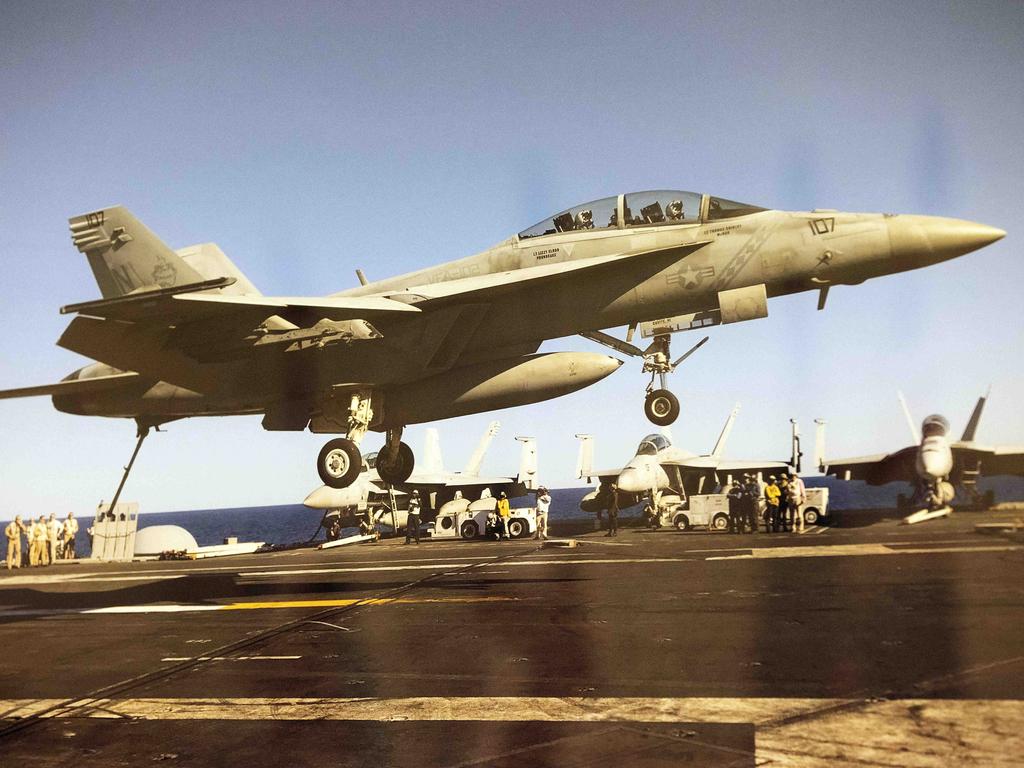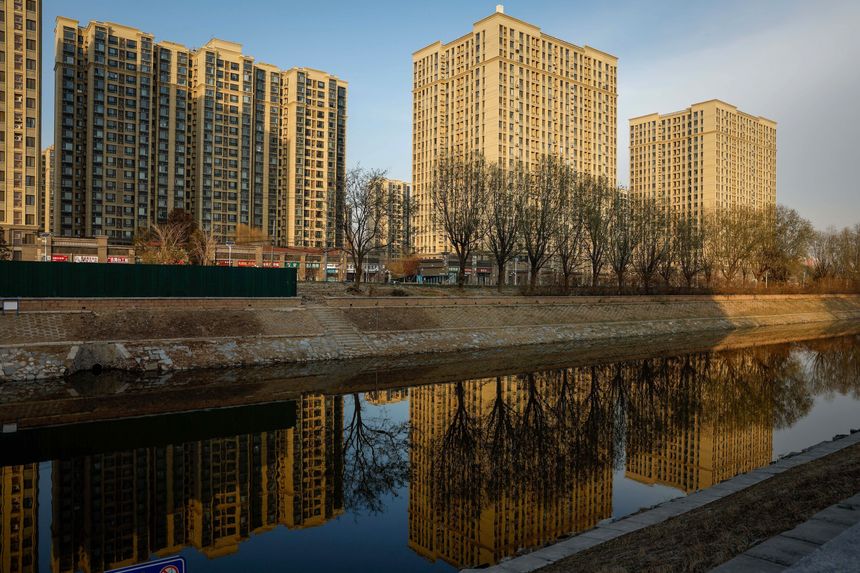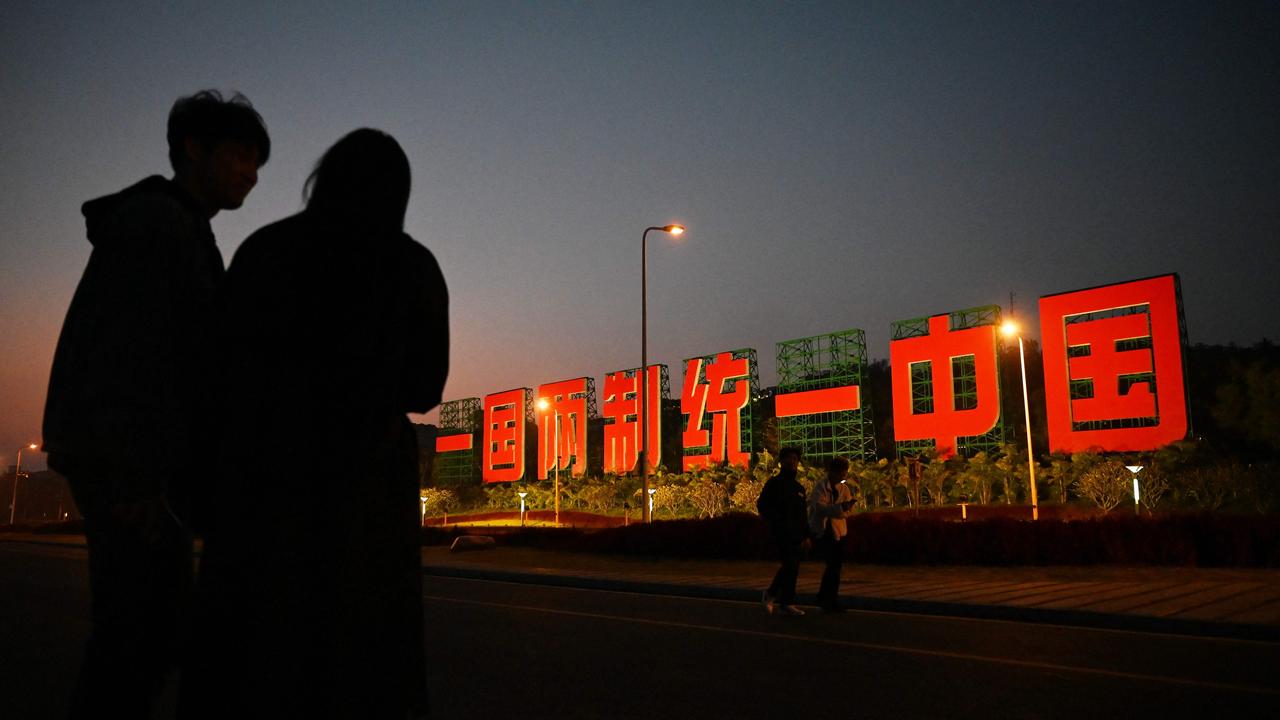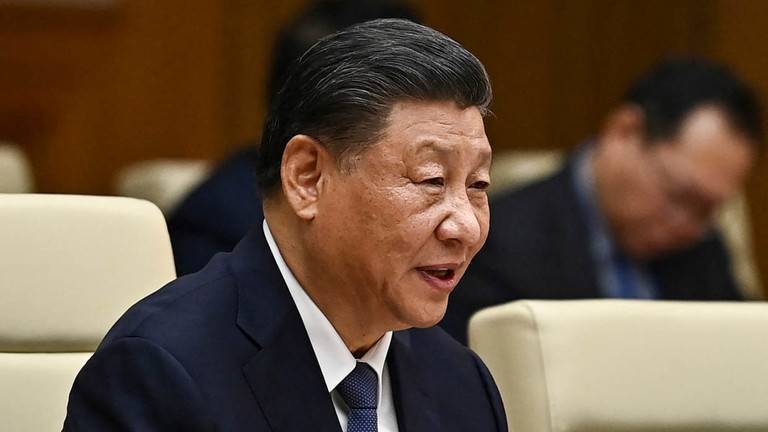This article is more than
2 year old‘Years to rebuild’: Analysts’ ominous prediction for US after Taiwan war simulations
Top military analysts have made an ominous prediction about what further escalation from China would mean for the world’s largest military superpower, the United States.
A major war simulation is currently taking place in Washington, D.C. against the backdrop of building tensions in the Taiwan Strait, an area that is now on high alert as both sides conduct military drills.
China’s recent show of force — a multi-day display of missiles that rained down perilously close to Taiwan’s territory — came after US House Speaker Nancy Pelosi’s historic trip to show solidarity with the island.
Ms Pelosi was the most senior US politician to visit Taiwan in decades. She has been accused by some, including former Australian Prime Minister Kevin Rudd, of sparking a geopolitical showdown, with both sides now being accused of provocation.
While several analysts believe China would ultimately be unwilling to step off the cliff and start an all-out war, the US has been warned it must consider its resources, in case it becomes entwined in a territorial battle.
According to simulations conducted by the Centre for Strategic and International Studies, an American thinktank, the combined forces of the US, Japan and Taiwan would be able to repel a full-scale attempt from China to seize the island.
However, they would likely suffer “devastating” losses in the process.
“Allied air and naval counter-attacks [would] hammer the exposed Chinese amphibious and surface fleet, eventually sinking about 150 ships,” Marc Cancian, a former White House defence budget analyst and retired Marine, told The Times.
“In nearly all the scenarios, the US/Japan/Taiwan are able to prevent Chinese forces from occupying the entire island. However, the cost is extremely high,” he said, adding that CSIS had taken the scale of China’s recent display of firepower into account.
Mr Cancian said no matter the outcome, a war with China would wreak havoc on America’s military, not to mention the economic toll it would carry.
“It would take years for the US to rebuild its forces because of low production rates. Other nations such as Russia and Iran might take advantage of US weakness,” he said.
“The US will need to strengthen its position enough to deter China or to win the war without experiencing high attrition.”


The unofficial simulation of warfare is being conducted by a number of high profile military experts, including retired navy officers, generals and former Pentagon officials.
So far there have been 22 rounds of simulated warfare, 18 of which involved the allied forces suffering intense losses, with Chinese missiles sinking a large portion of deployed US and Japanese ships and vehicles.
China’s missiles would also be able to demolish “hundreds of aircraft on the ground”.
Cancian explained that the US would be most effective by attacking Beijing’s amphibious ships before establishing air superiority.
“The reason for the high US losses is that the United States cannot conduct a systematic campaign to take down Chinese defences before moving in close,” he said.
“The United States must send forces to attack the Chinese fleet, especially the amphibious ships, before establishing air or maritime superiority.”
In one iteration, the US lost more than 900 aircraft.
“To get a sense of the scale of the losses, in our last game iteration, the United States lost over 900 fighter/attack aircraft in a four-week conflict. That’s about half the [US] Navy and Air Force inventory,” he said, adding “the success or failure of the ground war depends entirely on the Taiwanese forces”.
“In all game iterations so far, the Chinese could establish a beachhead, but in most circumstances cannot expand it. The attrition of their amphibious fleet limits the forces they can deploy and sustain. In a few instances, the Chinese were able to hold part of the island, but not conquer the entire island.”
The complete results of the simulation are set to be released to the public in December.


Last week, China’s ambassador to Australia Xiao Qian declared Beijing was “ready to use all necessary measures” to bring Taiwan “to the motherland”.
“The future of Taiwan will be decided by 1.4 billion Chinese people,” he said.
“And at the same time, I believe that the majority of the people in Taiwan believe they’re Chinese. They believe Taiwan is part of China and Taiwan is a province of China. They are for reunion.”
Taiwan’s army held another live-fire drill Thursday after Beijing ended its largest-ever military exercises around the island.
The exercise in Taiwan’s southernmost county Pingtung began at 8.30am and lasted about an hour, he said.
Artillery tucked in from the coast was lined up side by side, with armed soldiers in units firing the howitzers out to sea one after the other, a live stream showed.
Taiwan held a similar drill on Tuesday in Pingtung. Both involved hundreds of troops, the military said.
The military has played down the exercises’ significance, saying they were already scheduled and were not in response to China’s war games.
“We have two goals for the drills, the first is to certify the proper condition of the artillery and their maintenance condition and the second is to confirm the results of last year,” Lou said, referring to annual drills.
US House Speaker Pelosi has since stood by her visit following criticism, saying she was “very proud” of her delegation and believed China had used her visit as a “pretext” to launch its military exercises.
“We will not allow China to isolate Taiwan,” Pelosi said in Washington o Thursday.
In response to the Chinese military revealing it was bringing drills to an end, Taiwan’s army said it would “adjust how we deploy our forces... without letting our guard down”.
Keywords
Newer articles
<p>Seven men and five women have been picked, along with the first of what is expected to be a group of six alternates. Two jurors selected earlier were dismissed, and Donald...
Congress gets closer to forcing TikTok to be sold or face US ban: What's ne
Israel Launches Retaliatory Strike Against Iran
Apple deletes WhatsApp, Threads from China app store on orders from Beijing
TikTok ban now ‘inevitable’
Ukraine ‘will have a chance at victory’ with new US aid, Zelenskyy says
Israel Iran attack: Damage seen at air base in Isfahan
Who will be Trump’s VP? A shortlist
‘URANIUM’: Terrifying detail about Israel’s strike on Iran emerges
US vetoes Palestinian attempt to gain statehood at the United Nations




